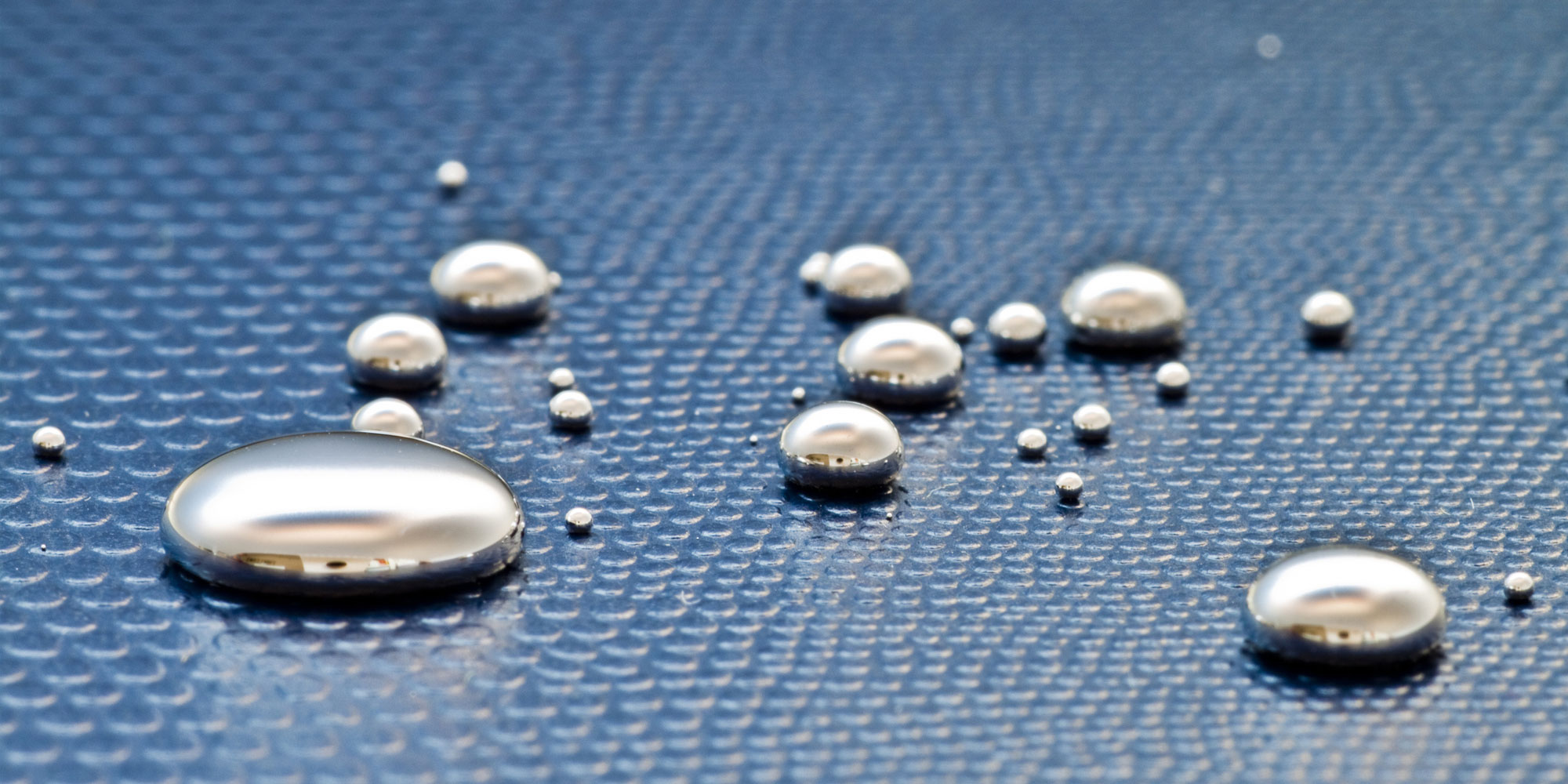Mercury metal: history and current uses
By Jillian Jastrzembski
Today, mercury is perhaps most famous for its toxicity. An increased understanding of mercury’s toxicology and environmental impact in the past several years have led to increasing legal restrictions. Mercury has been phased out of common items like thermometers and dental amalgams in favor of safer replacements.
However, mercury has proven difficult to replace thanks to its unique properties. You may be surprised to learn that mercury is not quite the bygone you think it is. In this article, we’ll discuss the fascinating history of mercury, especially in medicine. We’ll see how, despite concerns about its toxicity, mercury remains in use today.
Historical uses of mercury
Before mercury earned its reputation as a toxin, it was revered as an almost magical substance among ancient Greeks, Romans, Hindus and Chinese. Mercury is a heavy, silvery-white metal. It is highly unique in that it is the only metal that is liquid at standard temperature and pressure.
For thousands of years, mercury has been a component of valued medicinal substances. Most notably, it has been used for the treatment of syphilis, parasites, and convulsions. Cinnabar, or mercuric sulfide, is one example of an important mercury-containing medicinal.
Although cinnabar is now considered an obsolete substance, mercury-containing compounds still play a role in traditional medicines even to this day. For example, Tibetan medicine still makes use of mercuric compounds. How is it that this dangerous metal can also have healing properties? It’s worth noting that the form and valence state of mercury play an important role in its biological properties. For example, mercuric sulfide itself is highly insoluble and unlikely to cause toxicity. The issue arises from the presence of soluble mercury salts like HgCl. In traditional medicines, preparation steps would be taken to eliminate the toxicity of those impurities.
How did such a valued substance transform from a healing substance to a toxin? Up-to-date research reveals that mercury can be a potent neurotoxin and also contributes to global health concerns. Yet some experts argue that mercury may still have a place in medicine, taking into consideration the form and valence state of the metal.
Current uses of mercury
Even beyond traditional uses, mercury still has a significant role in modern use. For one, mercury still plays a role in the health care sector. It is used commonly in the health care devices, for dental amalgams, electrical devices, gold extraction, and pressure sensors. In some contexts, it is incredibly difficult to replace.
For example, experts in the field of electrochemistry argue that mercury-based electrodes remain unsurpassed for the purpose of detecting pesticides on crops. Voltammetry is an ideal method for pesticide detection because pesticides usually contain electrochemically reducible moieties. These include moieties like nitro groups, carbonyl groups, double-bonded carbons, carbon-halogen bonds, as well as N-N or N-O bonds. Given recent legislation restricting mercury use, several non-mercury electrodes have been developed. However, mercury-based electrodes are arguable still preferred for their robustness, ease-of-use, and reliability.
Summary
Mercury has long been revered as an almost magical substance thanks to its unique properties and versatile applications. Mercury is a heavy, silver-white metal, and the only metal that is liquid at standard temperature and pressure. In traditional Chinese, Tibetan, and Ayurvedic medicines, it has been used for over 3,000 years in the treatment of syphilis, convulsions, parasites, and many other ailments. It is also frequently used in the modern health sector, for medical tools and dental fillings. Despite its neurotoxicity and environmental concerns, some experts argue that mercury should still have a role in modern applications. For example, experts in traditional medicine argue that the form of mercury and its valence state should be taken into consideration. Experts in the field of electrochemistry argue that mercury-based electrodes are superior to modern replacements due to ease of use, robustness, and reliability.
References
Gajdar, Julius, et al. “Recent applications of mercury electrodes for monitoring of pesticides: a critical review.” Electroanalysis 28.11 (2016): 2659-2671.
Rustagi, Neeti, and Ritesh Singh. “Mercury and health care.” Indian journal of occupational and environmental medicine vol. 14,2 (2010): 45-8. doi:10.4103/0019-5278.72240
Zhao, Meiling et al. “Mercury and Mercury-Containing Preparations: History of Use, Clinical Applications, Pharmacology, Toxicology, and Pharmacokinetics in Traditional Chinese Medicine.” Frontiers in pharmacology vol. 13 807807. 2 Mar. 2022, doi:10.3389/fphar.2022.807807
< Back


